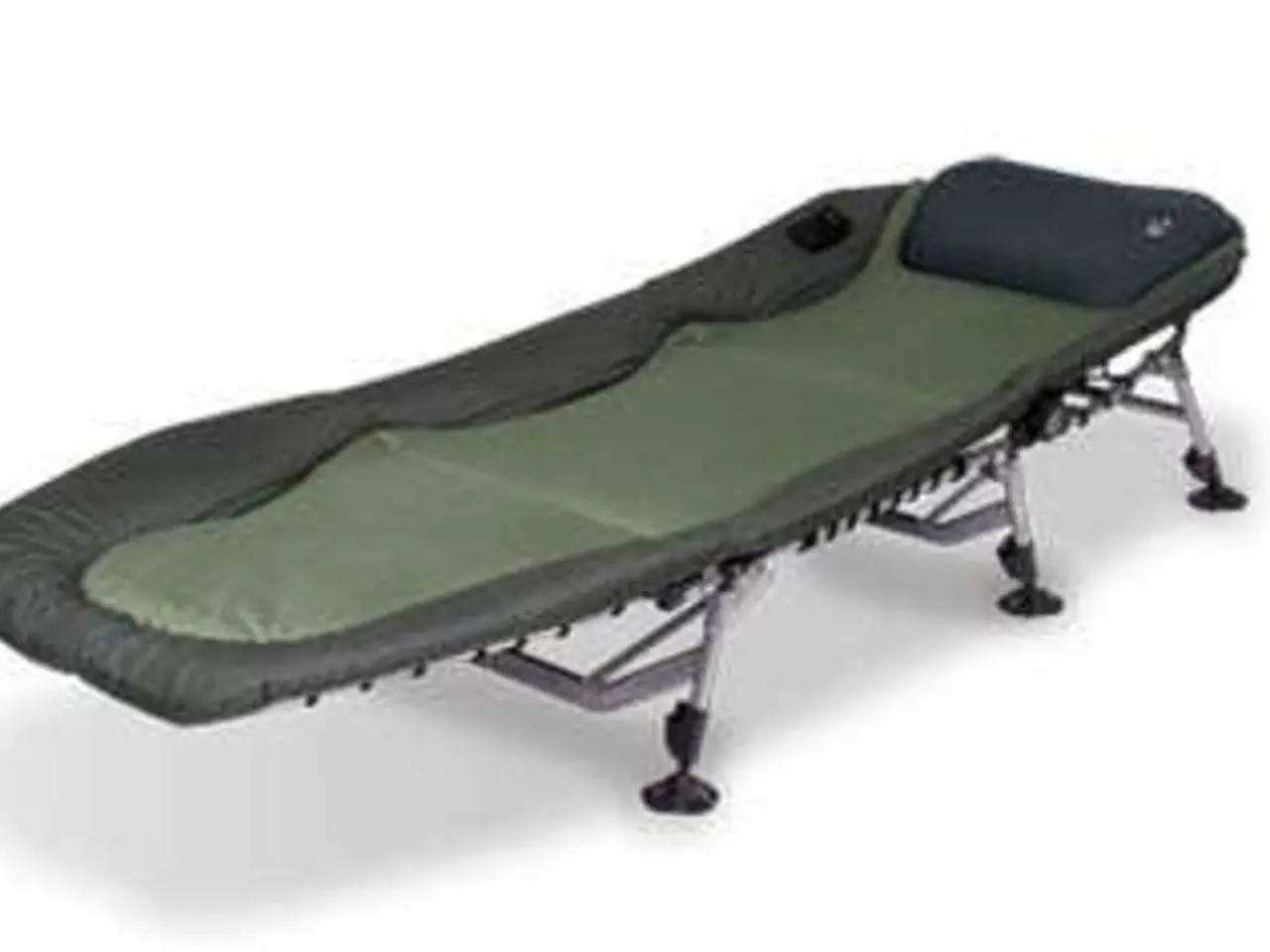Exploring Post-Squat Discomfort: The Reason Behind Intense Leg Pain After Squat Exercises
Squats are a popular exercise for building lower body strength, but they can often lead to muscle soreness and joint pain. In this article, we will explore various strategies to manage post-squat muscle soreness and optimize squatting performance.
Managing Muscle Soreness (DOMS) and Recovery
Effective methods to manage muscle soreness and enhance recovery include:
- Vibration therapy: Enhances muscle responsiveness and reduces contraction time, aiding recovery.
- Massage therapy and foam rolling: Decreases muscle stiffness and soreness by improving blood flow and releasing muscle tension.
- Compression garments: Reduces muscle damage markers, inflammation, soreness, and fatigue.
- Contrast water therapy: Stimulates blood flow to clear metabolites and reduce inflammation, helping maintain strength and ease soreness.
- Functional electrical stimulation (FES): May increase pain threshold and muscle strength, mitigating strength losses due to DOMS.
Optimizing Squat Performance and Reducing Injury Risk
To optimize squat performance and reduce injury risk, consider the following strategies:
- Incorporate a targeted mobility routine: Focusing on hip and ankle joints enhances joint range of motion and squat depth, reducing discomfort and improving muscle engagement during squats.
- Address muscle imbalances: Strengthening the glutes with exercises like clamshells improves hip external rotation and proper knee tracking, preventing pain and inefficient movement patterns during squats.
Additional Recovery Measures
- Optimize nutrition: Adequate protein and carbohydrates pre- and post-workout fuel muscles and replenish glycogen stores.
- Stay hydrated: Prevents fatigue and aids metabolic recovery.
- Prioritize quality sleep: Ensures muscle repair and hormonal regulation, critical for recovery and performance.
Incorporating active recovery such as light walking, yoga, or foam rolling can promote blood flow and reduce soreness without overtaxing muscles.
Causes of Post-Squat Pain
Post-squat pain can be caused by several factors, including incorrect form, overtraining, pre-existing conditions, and weak muscles. Overtraining can increase the risk of joint pain, while muscle soreness, also known as delayed onset muscle soreness (DOMS), occurs within 24 to 48 hours after intense exercise like squats due to microscopic damage in muscle fibers caused by eccentric contractions. Weak muscles around the knees, hips, or ankles can place additional strain on joints during squats, potentially exacerbating joint pain. Pre-existing conditions like arthritis or tendonitis might also exacerbate joint pain after squat workouts.
Key nutrients such as omega-3 fatty acids, vitamin C, magnesium, zinc, and turmeric can further enhance the recovery process from post-squat pain. Incorporating these nutrients into your diet can help promote a faster and more effective recovery.
By following these strategies, you can manage post-squat muscle soreness, optimize squatting performance, and reduce injury risk, making your squat workouts more enjoyable and productive.
Read also:
- Elderly shingles: Recognizing symptoms, potential problems, and available treatments
- Protecting Your Auditory Health: 6 Strategies to Minimize Noise Damage
- Exploring the Reasons, Purposes, and Enigmas of Hiccups: Delving into Their Origins, Roles, and Unsolved Aspects
- Various forms of cataracts include nuclear, pediatric, traumatic, and additional types





